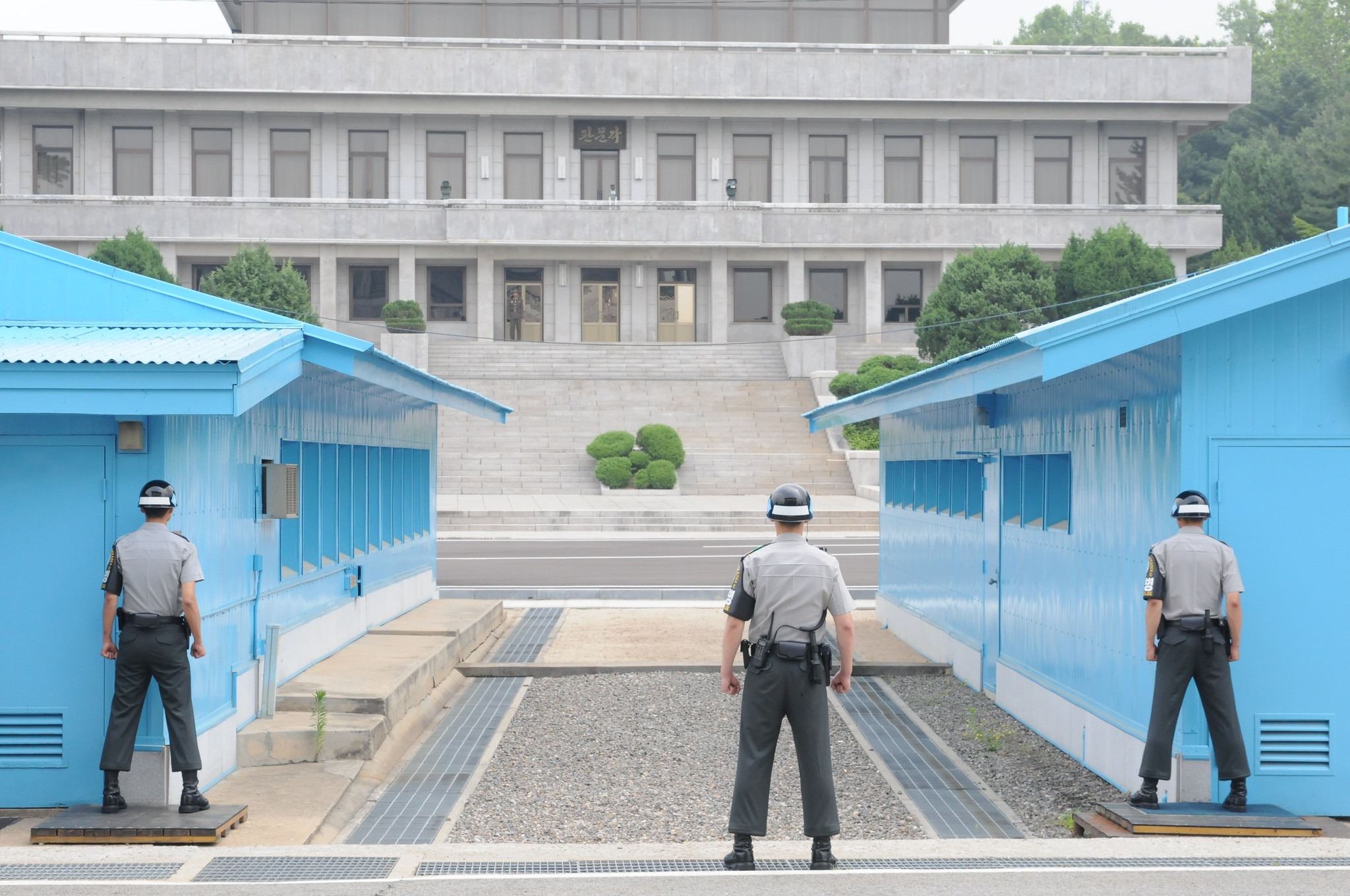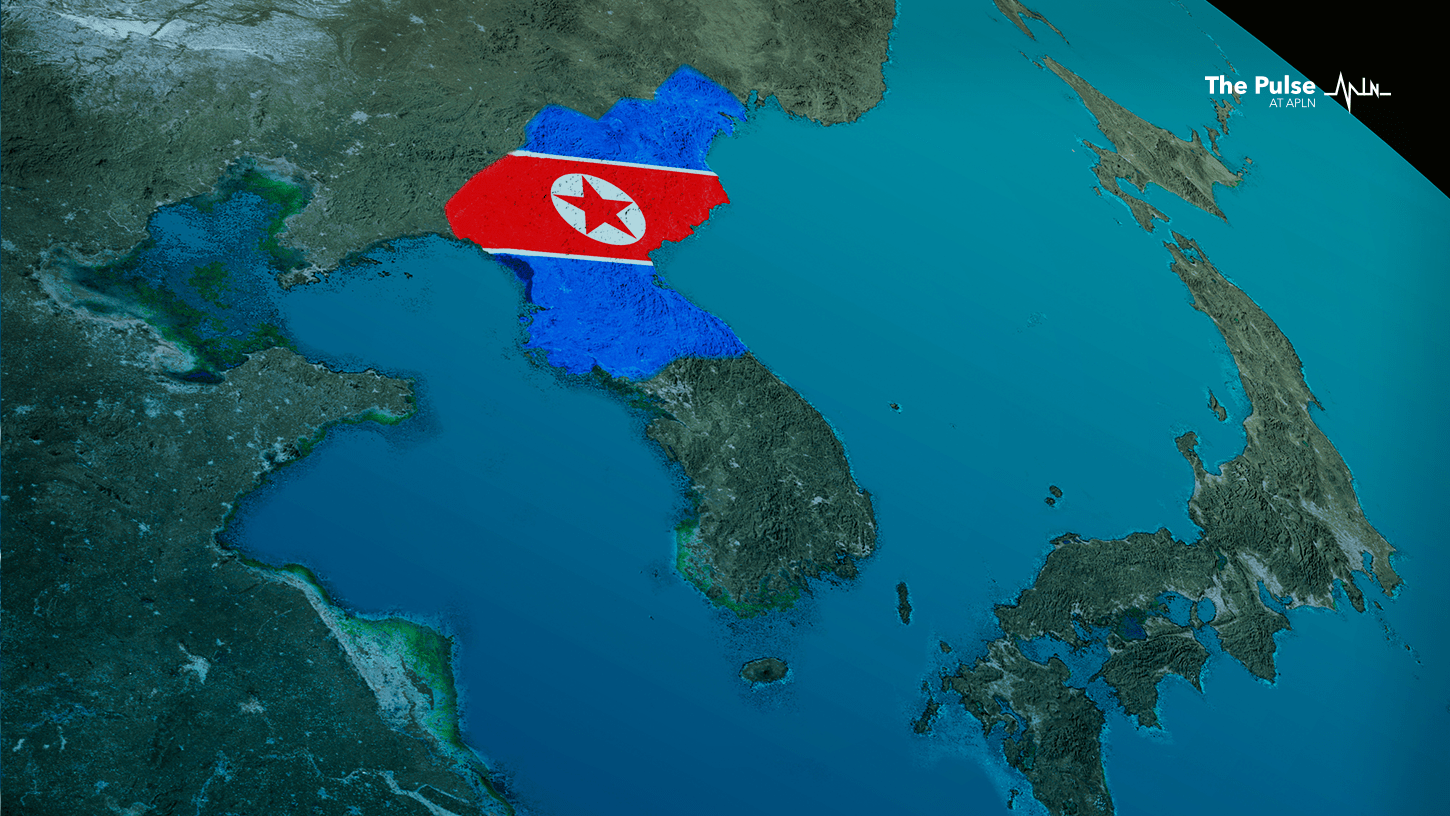[NU-NEA] The Role of Missile Defense in Northeast Asia
In this APLN Special Report titled “The Role of Missile Defense in North-East Asia,” Dr. David Wright analyzes the effectiveness of current missile defense systems in intercepting missile attacks and what could happen if the DPRK attacks the ROK, Japan, or the US.
Wright notes that the significant discrepancy between the perceived capability of a missile defense system and its actual capability against a real-world attack can be a recipe for disaster. Despite the deployment of current missile defenses, the DPRK will have options for missile attacks against the ROK, Japan, and the US that have a high probability of success. Although defenses may be able to stop some types of attacks, North Korean leaders will know which attacks are most likely to succeed and can shape their launch strategy around those.
US missile defenses are intended to give US leaders the confidence to carry out military action without having to worry about a disastrous retaliatory strike. However, contrary to the belief of advocates, current missile defense systems will not be able to provide US leaders with such confidence. In other words, missile defenses will not be able to provide “freedom of action” if that freedom is not believed to exist in the absence of missile defenses.
Thus, US and allied military leaders must be clear about the realistic effectiveness that missile defense systems may provide against a determined adversary based on the demonstrated capability of the defense systems in realistic test programs. While posturing and exaggerating the capability of missile defense may be a tactic leaders use to shape the context of a crisis, deciding to take aggressive military action while assuming an unrealistic or undemonstrated effectiveness of missile defenses can have catastrophic consequences.
Click on the adjacent link to download the full report.
This report is a part of a joint project on Reducing the Risk of Nuclear Weapon Use in Northeast Asia (NU-NEA) and has been cross-posted by the Nautilus Institute, the Research Center for Nuclear Weapons Abolition (RECNA), and the Panel on Peace and Security of North East Asia (PSNA).
About the Author
David Wright received his Ph.D. in theoretical condensed matter physics from Cornell University in 1983 and worked as a research physicist until 1988. Since then, he has worked on arms control and international security issues, researching technical aspects of nuclear weapons policy, missile defense systems, missile proliferation, hypersonic weapons, and space weapons. From 1992 to 2020 he was a researcher with the Global Security Program at the Union of Concerned Scientists, serving as co-director of the program from 2002 to 2020. He also held research positions in the Defense and Arms Control/Security Studies Program at MIT, the Center for Science and International Affairs at Harvard’s Kennedy School of Government, and the Federation of American Scientists.
Disclaimer: The views expressed in this report do not necessarily reflect the position of the Asia Pacific Leadership Network or any of its members.
Image: iStock/Petrovich9

![[NU-NEA] The Role of Missile Defense in Northeast Asia](https://cms.apln.network/wp-content/uploads/2022/01/KakaoTalk_Photo_2022-01-11-10-52-52-4.png)


